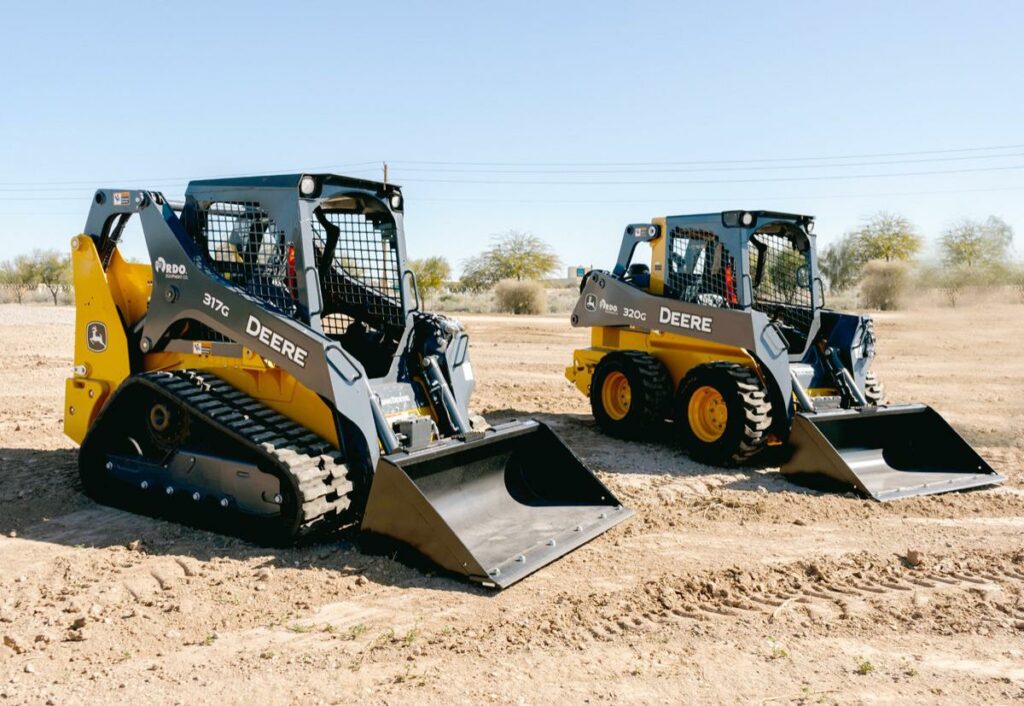How to Choose the Right Telehandler for Your Job Site: A Complete Guide
Telehandlers for sale, or telescopic handlers, are essential pieces of equipment on construction sites, agricultural fields, and industrial environments. With their ability to lift, move, and place materials over long distances, they can significantly improve efficiency. However, choosing the right telehandler for your job site depends on several factors, including capacity, reach, and maneuverability. This guide will walk you through the key considerations to help you select the best telehandler for sale your specific needs.
1
Understand the Weight Capacity
The first step in choosing a telehandler is determining the weight of the materials you’ll be lifting and moving. Each telehandler model is rated for a specific lifting capacity, which is the maximum weight it can safely lift.
Tips:
Always choose a telehandler that can lift more than your heaviest load to ensure smooth operations and safety on-site.
2
Evaluate the Reach Requirements
Telehandlers are designed to extend their boom to lift materials at height or over obstacles. It’s crucial to evaluate both the vertical and horizontal reach required for your job.
For example, if your job site requires lifting loads to the second or third floor of a building, you’ll need a telehandler with a vertical reach of 30-50 feet. Smaller projects may only require telehandlers with a vertical reach of 15-20 feet.
Tips:
Consider the boom reach specifications in your job’s unique context, ensuring that the telehandler can both reach and safely balance loads at maximum extension.
Best-selling used telehandlers for sale
3
Maneuverability and Terrain Considerations
Another critical factor is how easily the telehandler can navigate your job site. Different telehandlers for sale come with varying degrees of mobility, which directly impacts their effectiveness, especially in tight spaces or rough terrains.
For example, if your job site requires lifting loads to the second or third floor of a building, you’ll need a telehandler with a vertical reach of 30-50 feet. Smaller projects may only require telehandlers with a vertical reach of 15-20 feet.
Tips:
Consider the boom reach specifications in your job’s unique context, ensuring that the telehandler can both reach and safely balance loads at maximum extension.
4
Attachments and Versatility
One of the most significant advantages of telehandlers is their compatibility with various attachments, making them highly versatile on the job site. Depending on the nature of your work, you can enhance the functionality of your telehandler by using attachments such as:
Tips:
Choose a telehandler with quick attachment changing capabilities, enabling your team to switch tools and adapt to different tasks efficiently.

2018 Skytrak 8042 For Sale

2017 Gehl RS6-34 For Sale

2017 JLG G5-18A For Sale

2020 SkyJack SJ643 TH For Sale

2012 Caterpillar TL642C For Sale
5
Operator Comfort and Safety Features
Telehandlers are often operated for long hours, so operator comfort is an important consideration. Features like adjustable seats, ergonomic controls, and excellent cabin visibility can make a significant difference in productivity and reduce operator fatigue. Additionally, modern telehandlers for sale come with safety features that prevent accidents, such as:
Tips:
For example, if your job site requires lifting loads to the second or third floor of a building, you’ll need a telehandler with a vertical reach of 30-50 feet. Smaller projects may only require telehandlers with a vertical reach of 15-20 feet.
Great Experience
Almir Pereira
pleasure dealing with joe. They do a great job getting everything working well before delivery and stand behind the equipment they sell.
6
Fuel Efficiency and Maintenance
Running a telehandler requires fuel, so it’s worth considering fuel efficiency, especially for long-term projects. Diesel-powered telehandlers are common, but some manufacturers offer electric or hybrid models that can lower operating costs in the long run.
Moreover, factor in maintenance needs when choosing a telehandlers for sale. Opt for models known for their reliability and ease of servicing. This ensures minimal downtime and keeps your project running smoothly.
Final Thoughts
Choosing the right telehandler for your job site involves a careful balance of lifting capacity, reach, maneuverability, and attachments. Start by assessing your specific project requirements and then match those with a telehandler that can meet the demands safely and efficiently. By considering the key factors outlined in this guide—capacity, reach, terrain adaptability, and more—you’ll be well-equipped to select the ideal machine that boosts productivity and ensures smooth operations.
Ready to choose the right telehandler for your project? Contact our team today for expert advice and find the perfect telehandler solution for your job site!



